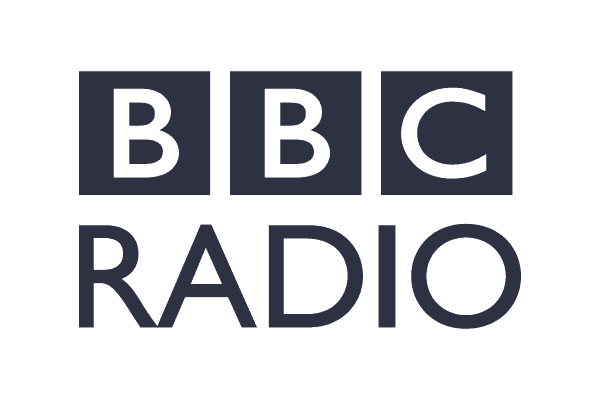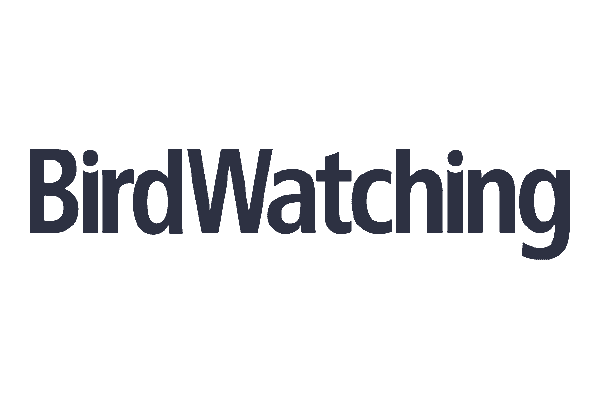
Eurasian Oystercatcher
Haematopus ostralegus
The Eurasian oystercatcher, Haematopus ostralegus, also known as the common pied oystercatcher, is a striking bird with a bold black and white plumage. It is characterized by its long, straight orange-red bill, red eyes, and relatively short, dull pink legs. Both sexes appear similar, though the female boasts a slightly longer bill than the male.
Identification Tips
In flight, the Eurasian oystercatcher is unmistakable with its white patches on wings and tail, contrasting with black upperparts and white underparts. Juveniles are browner with a white neck collar and a less vibrant bill. The species' loud piping call is a distinctive identifier.
Habitat
This wader frequents a variety of coastal habitats, often seen on beaches, mudflats, and estuaries.
Distribution
The Eurasian oystercatcher is the most widespread of its family, with breeding ranges extending from western Europe to central Eurosiberia, Kamchatka, China, and the western coast of Korea. It is migratory, with wintering grounds in north Africa, southern Europe, and parts of Asia.
Behaviour
Outside the breeding season, these birds are highly gregarious, forming large flocks. They exhibit monogamous pair bonds, often lasting many years, and first breed between three and five years of age.
Song & Calls
The call of the Eurasian oystercatcher is a loud, clear piping, which is particularly prominent during the breeding season.
Breeding
The nest is a simple scrape on pebbles or gravel. Clutch size ranges from two to four buffish-yellow eggs with black-brown markings. Both parents incubate the eggs, which hatch synchronously after 24-27 days. The precocial and nidifugous chicks are brooded by both parents and leave the nest within a couple of days.
Similar Species
The American oystercatcher (Haematopus palliatus) can be differentiated by its yellow eyes and blackish-brown dorsal plumage.
Diet and Feeding
Despite its name, oysters are not a significant part of its diet. The Eurasian oystercatcher feeds on molluscs, which it opens by prising apart or hammering through the shell, and earthworms. Individuals specialize in either prising or hammering, a technique learned from their parents.
Conservation Status
The Eurasian oystercatcher is classified as Near Threatened. It serves as an important indicator species for the health of coastal ecosystems, with extensive studies contributing to the field of behavioural ecology.







































































